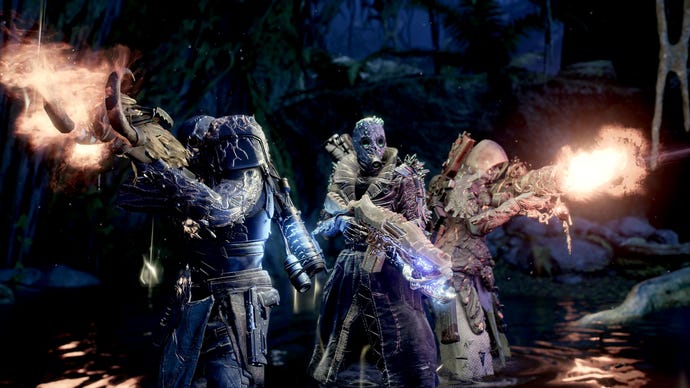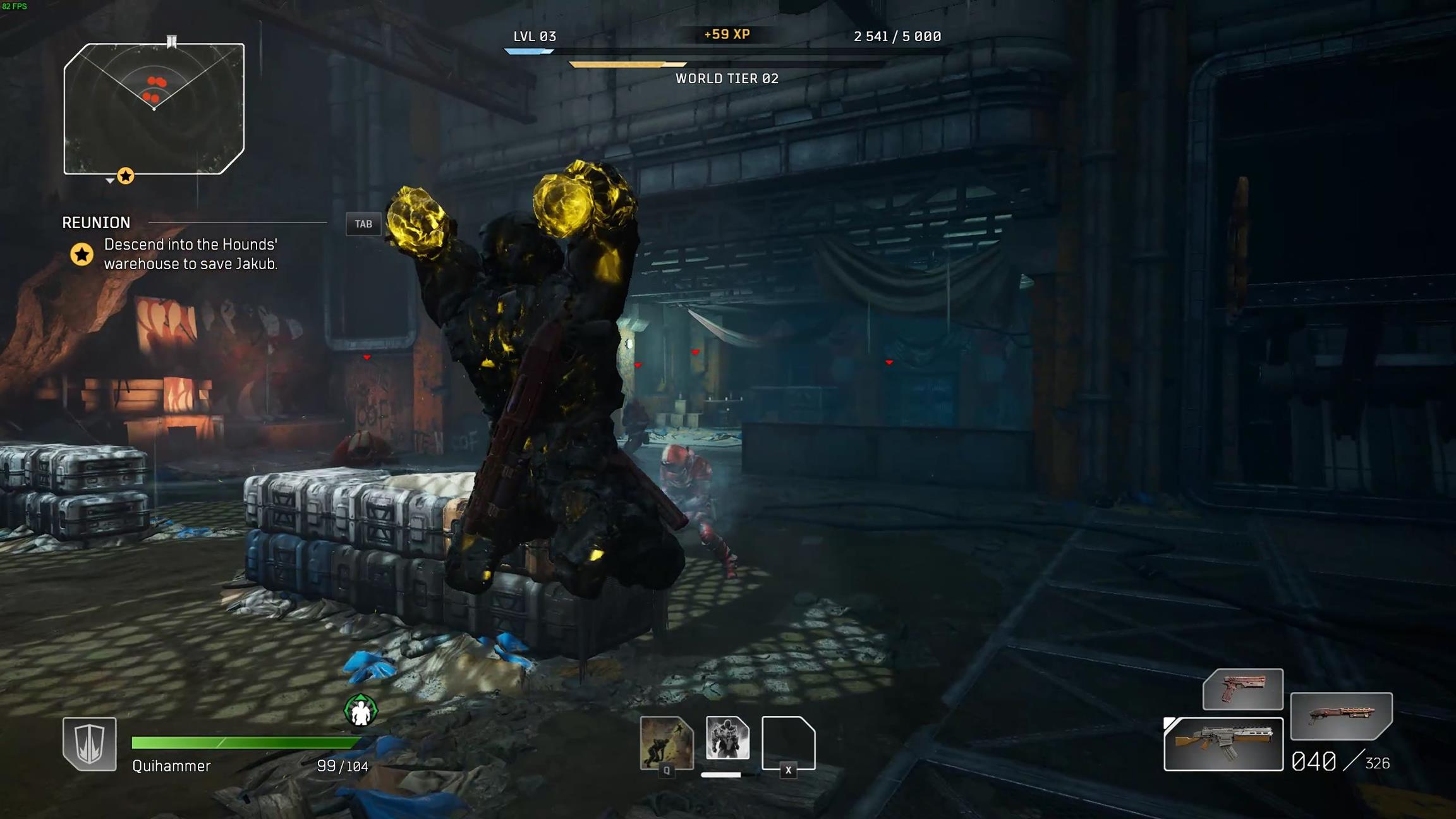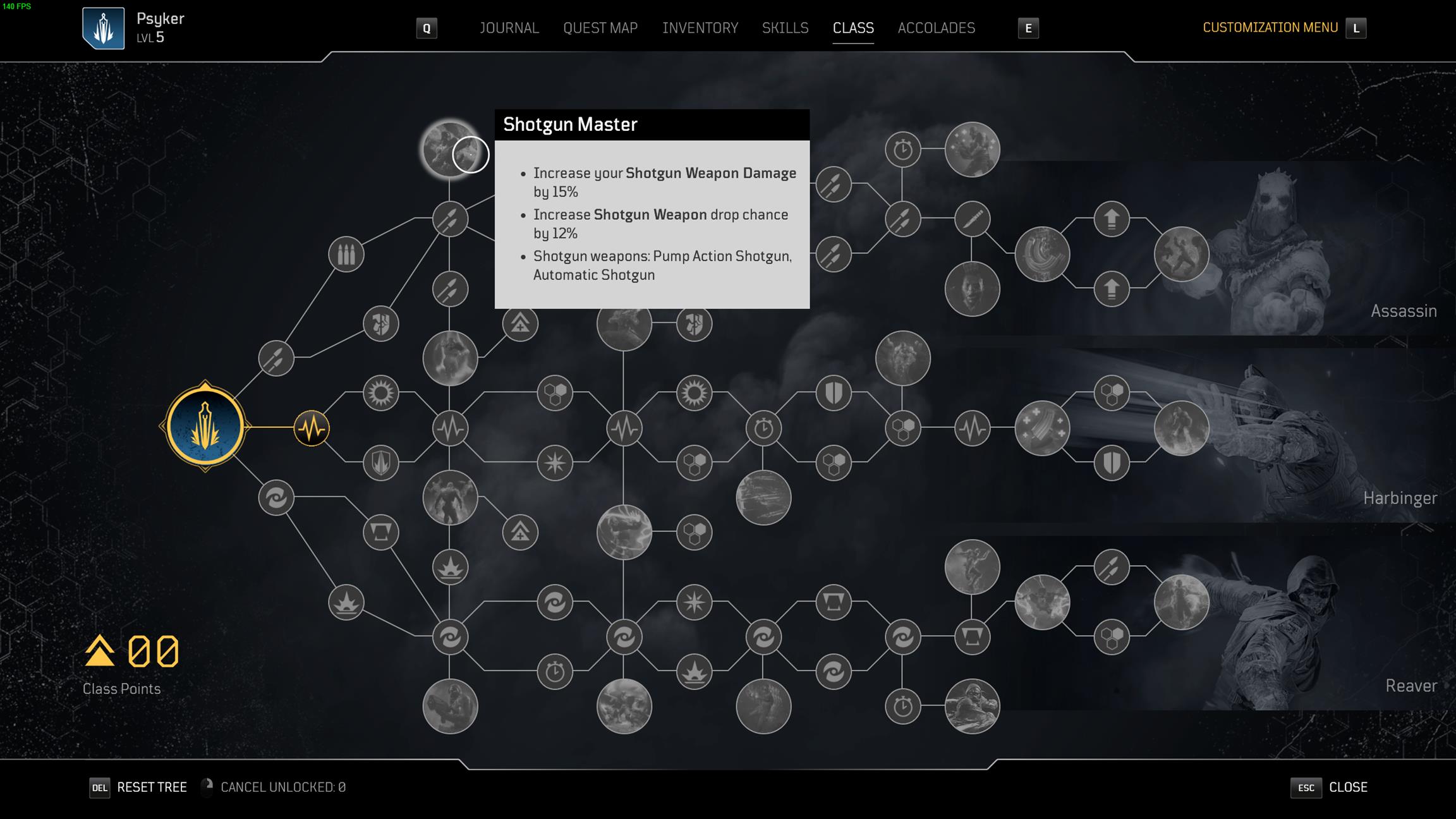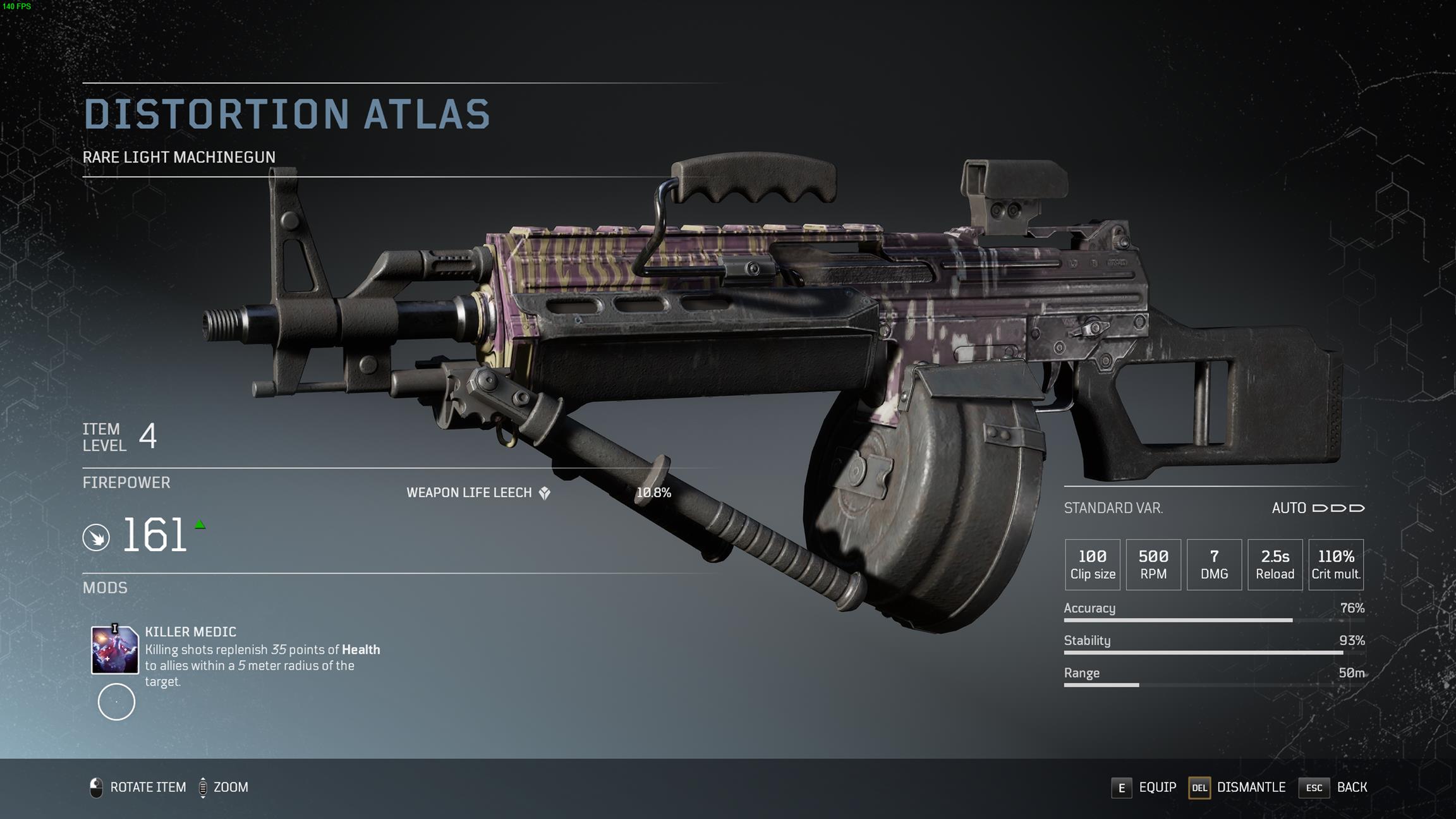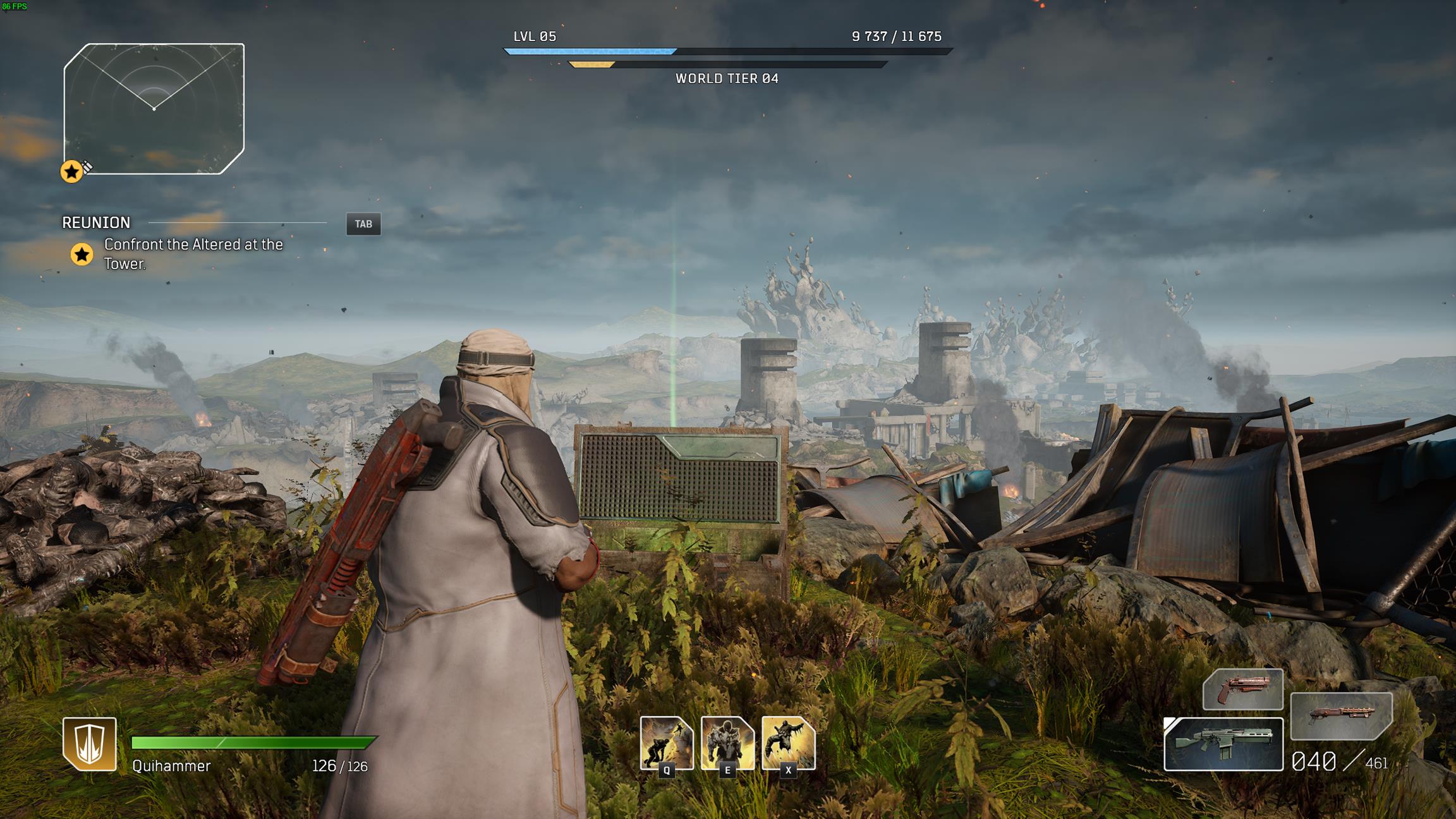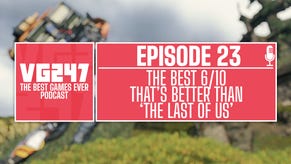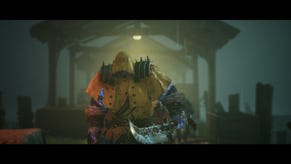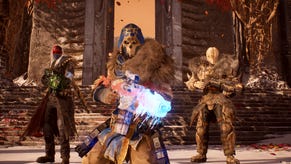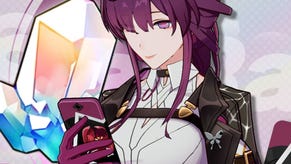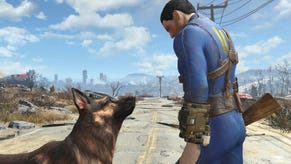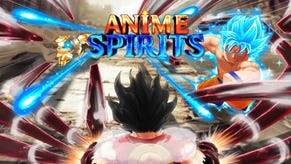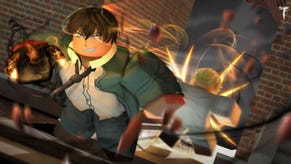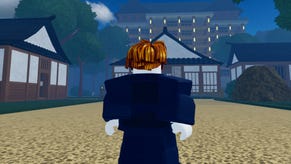The best Outriders tips that are actually helpful
Outriders is one of those games that can be easy to overlook. It’s another shooter RPG with numbers flying out of enemies as you shoot them, a big skill tree with passive boosts, and flashy active abilities - all in service of chasing ever powerful loot.
We’ve done this song and dance before. Though Outriders is without question one of those, it also hides many systems and mechanics that it doesn’t always do a good job of explaining.
To help you navigate People Can Fly’s deceptively deep game, we thought we’d highlight some of the more nuanced features in Outriders, and explain how certain things work.
The tips below are general, and will cover a wide range of topics, including crafting, combat, and even UI and HUD tips. If you’re looking for more detailed breakdowns, you can start with our Outriders classes guide - to help you decide which to start with. More detailed guides are on the way, which we think you'll find very useful the deeper into the game you get.
Killing enemies is the only way to heal
This may seem like the most obvious Outriders tip, but it can be remarkably hard to internalise because we’re not used to the way the game does things. In Outriders, there aren’t any stims to get you back up to full health, and idling behind cover won’t regenerate your HP.
The only guaranteed way to regain back your lost health is to be aggressive, and continue attacking enemies. But don’t mindlessly just attack anyone, you need to play to your class’ core strengths. Every class in Outriders heals in a unique way.
The Pyromancer regains health when an enemy they’ve marked gets killed. Marking an enemy happens automatically when they get hit by one of your abilities. The Trickster regains health (and gains a shield) on every kill in close-quarters. The Devastator heals in a similar way to the Trickster: by killing enemies in close range, only instead of gaining a shield, the Devastator just pumps more HP into their massive bar. Finally, the Technomancer gets some HP back on every shot they land, essentially leeching health off enemies.
The best way to figure out whether this or that enemy will heal you is to observe the icons under their health bar. If you see a white skull with a green plus sign, damaging/killing that enemy will give you back some health, so keep that in mind as you pick targets.
Don’t just sit back and take pot shots, because none of it will matter if that icon isn’t showing.
Interrupts, explained
Outriders has a few different status effects and conditions, represented by various icons you’ll see pop up around enemies’ health bars. When a boss is casting a big spell or preparing to unleash a major move, you’ll see a white bar gradually filling up with orange.
In order to interrupt that move, you need to hit the boss with an ability that has an Interrupt effect before that bar fills up. Every class in Outriders has abilities that do this, so it’s good to keep at least one of them active. If that’s not an option, you can always use your melee ability which we’ve found to have a chance at interrupting. Whenever your interrupt hits, it’ll immediately force them to revert back to normal attacks - for a few seconds, until they decide to try and pull off a big move again.
It’s worth keeping in mind, however, that you can’t stop them from doing this forever.
The more you interrupt bosses, the more they build up immunity. This is marked by a swirling blue icon, which also shows up if they take too much damage from any given ailment. Once enough immunity is built up, the blue icon will be surrounded by a circular orange bar. You’ll only be able to interrupt them again once that depletes.
Until then, you’re going to have dodge or tank whatever big move elites will pull off, but you can definitely reduce their frequency with well-time interrupts.
The running melee is a good opener
The melee in Outriders is one of those things people tend to sleep on, only using it when they panic. Melee abilities for each of the game’s classes are a little more useful than that, however.
If you run for just a tiny distance before hitting the melee button, your character will perform a leap that ends with a ground slam and deals an area of effect damage, not to mention look cool. Even the standard melee has surprisingly long range in Outriders, so you don’t have to quite be touching them.
And, as mentioned in the previous tip, melee attacks also interrupt by default – for the most part - so don’t be afraid to quickly jab a boss or an elite if you can’t otherwise interrupt them.
It helps to consult the Class page to see what type of damage your melee does by default, as its effects are different for each class. You can then work it into your combo, making it particularly useful for applying status effects. Beyond that, melee can also be a good way to escape getting frozen/turned to ash.
Skill tree nodes hide some unusual bonuses
I am sure we’ve all seen the massive Outriders skill trees. Every class gets one, split into three routes that eventually coalesce into each class’ three sub-classes. The Pyromancer, for instance, can spec into an Ash Breaker, Fire Storm, or Tempest roles.
It’s actually helpful to spend a little time planning your route and reading what you may/may not like. Beyond the passive combat boosts each node offers, the different trees also include increased drop rates for certain weapons, which can be easy to miss.
For instance, a node that boosts assault rifle damage may also increase your chance of getting assault rifles as loot. This all feeds into the particular styles intended for each sub-class, meaning they may not always work with the build you have in mind, so keep that in mind when you’re min-maxing.
Mods, mods, mods
In most loot shooters, you’ll typically find the more interesting abilities in some skill tree. Outriders bucks that trend and instead puts the bulk of these into mods, which you’ll see drop on weapons and gear starting from rare (blue).
Mods are an essential component of build crafting in Outriders. With the right mods, you can significantly boost or augment abilities, status effects and damage. If there’s a particular skill setup you like, it helps to pick mods that complement it, even if the piece of loot it rolled on is not quite the highest available level.
Your library of mods grows the more of them you encounter. As we’re going to explain below, dismantling gear is the best way to build up a library of mods. Once crafting becomes available, you’ll be able to pull from that library of mods to alter your favourite weapons and gear.
This is essentially the micro loot game within the larger loot game in Outriders, and we might even say it’s the one that impacts gameplay the most.
Scrap or sell?
Sooner or later in loot games, the question of whether to sell or scrap comes up. You can do both in Outriders, but here’s what you should actually do. As a general rule of thumb, you want to sell anything below rare (blue).
Outside of the raw crafting materials you’re going to get when dismantling as opposed to the money earned from selling, there are two areas in particular you want to consider before making that decision.
First, a piece of rare/legendary gear or higher will always roll with a mod on it. You first need to find out whether or not you already have this mod in your library. When viewing the details tab that pops up as you hover over a piece of loot, you’ll sometimes see a four-squared box next to the mod. This icon indicates that you already have this mod unlocked, which means you don’t have to scrap this piece of gear to earn it. But that’s not the only reason why you may want to dismantle.
There’s also the Shards icon, which usually sits near whatever bonus stat rolled on that weapon/gear (15% armour piercing etc.). Dismantling that item will also net you Shards, which are then used in crafting and altering weapon attributes in that process.
It’s also worth keeping in mind that mods come at various tiers; so just because you’ve seen this mod before doesn’t mean you actually have it. As mentioned, look for the four squares to find out at a glance what you need to do.
In short, sell whatever loses its crafting value. When you’re running low on crafting materials, start dismantling again.
Auto loot is helpful, but misleading
Auto looting in Outriders doesn’t quite do what you imagine it will. You’re probably thinking all items above a certain rarity will be automatically picked up. This isn’t entirely true.
What auto looting does is make sure you don’t miss any dropped loot when you die, or move into a different area. It only kicks in once either of those things happen, but it won’t automatically make your character hoover up every piece of loot you come across. In other words, you’ll still see loot drops cluttering up the field after you’re done murdering.
With that in mind, you can assign a button to auto loot, which makes you immediately pick up all dropped loot in the area, similar to what would happen when you exit a zone. It's mapped to H by default on PC, and down on the DPAD on consoles. Loot will go to your inventory, and then your stash when that becomes full.
Quick tips
You can see exactly what you’re getting from dismantling
Once you have one or more pieces of loot tagged, the dismantle button in the lower-right corner of the screen will show you everything you’re going to receive as you hover over it. The box will show mods, crafting materials and Shards for the whole stack.
Shoulder swapping
You can shoulder swap in Outriders by clicking middle mouse on PC, or clicking in the right stick on consoles.
You can interrupt enemy grenade throws
Much like The Division, and many other good games, you can interrupt enemy grenade throws in Outriders. If you time it right, they’ll drop the grenade at their feet and proceed to panic. It's pretty funny.
The HUD is very customisable
Outriders lets you turn off pretty much all elements of the HUD, including the numbers coming out of enemies, XP bars, the minimap – the whole thing. You can also change the contrast of the menu (under Accessibility) - in case you want the sharper white-on-black look instead of the default white-on-grey, not to mention mess around with subtitle settings and all that.
What the two red stacked boxes icon means
When you hover over a piece of loot in Outriders, you’ll sometimes see an icon of two red stacked boxes next to a mod. This means that you already have this mod equipped on some other weapon or piece of gear. This is important because mods do not stack.
